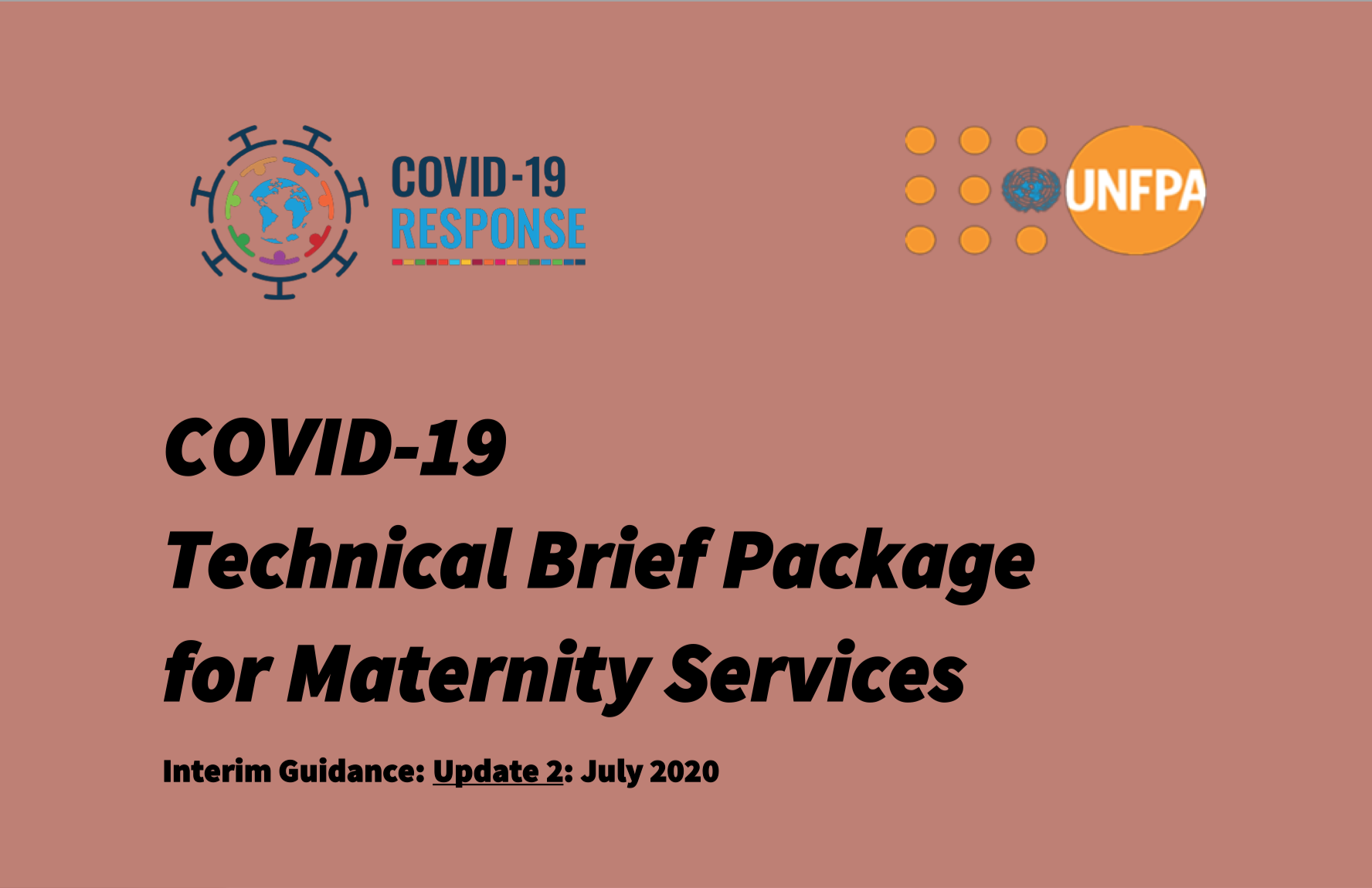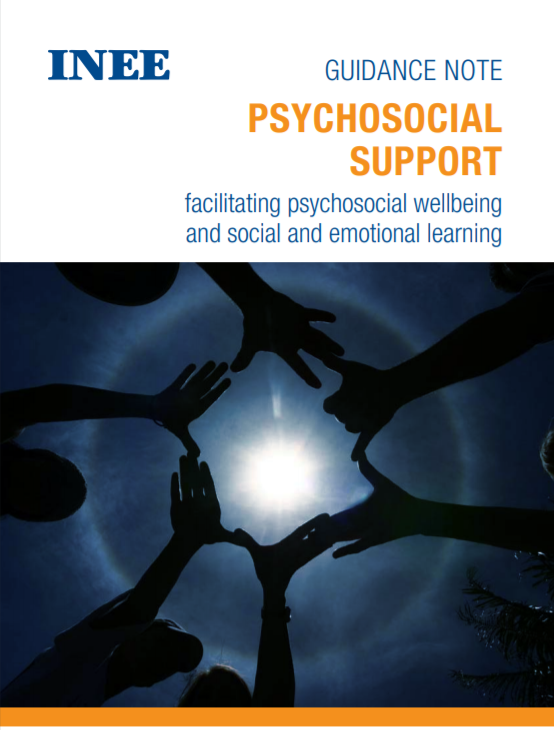COVID-19 Technical Brief for Maternity Services

It is anticipated that COVID-19 (the disease caused by the novel coronavirus named SAR-CoV-2) will occur in most, if not all countries.
A key fact about COVID-19 is that the vast majority of infections will result in very mild or no symptoms. Not everybody is at risk of severe disease. Persons of advancing age and those with existing respiratory, cardiac and/or metabolic disorders and immunodeficiencies are at higher risk of moderate to severe disease1. There is limited evidence on the impact of COVID-19 on pregnancy and the newborn. A recent US based study reported that pregnant women with COVID-19 are more likely to need hospital admission and are at increased risk for intensive care admission and mechanical ventilation compared with nonpregnant women2. However, the evidence is still very sparse and much remains unknown about this disease.
The impact on acute care services in settings with under-resourced health systems is likely to be substantial. Maternity services should continue to be prioritized as an essential core health service, and other sexual and reproductive health care such as family planning, emergency contraception, treatment of sexually transmitted diseases, post-abortion care and where legal, safe abortion services to the full extent of the law, also need to remain available as core health services. Early data suggests a drop in facility-based care in many countries and projections of rising maternal mortality. We need to actively reach out to women and encourage continued health seeking behaviours, taking every chance to provide respectful compassionate and meaningful care.
Maternity care providers (including midwives and all other health care workers providing maternal and newborn care), whether based in health facilities or within the community, are essential health care workers and must be protected and prioritized to continue providing care to childbearing women and their babies.
Deploying maternity care workers away from providing maternity care to work in public health or general medical areas during this pandemic is likely to increase poor maternal and newborn outcomes. Maternity care providers have the right to full access for all personal protective equipment (PPE), sanitation and a safe and respectful working environment.
Maintaining a healthy workforce will ensure ongoing quality care for women and their newborns; without healthy midwives and other maternity care providers there will be limited care for women and newborns 3.
The UNFPA response to the COVID-19 pandemic within maternity care involves a 3-pronged approach:
1. Protect maternity care providers and the maternal health workforce
2. Provide safe and effective maternity care to women
3. Maintain and protect maternal health systems
Download it here.
2020










